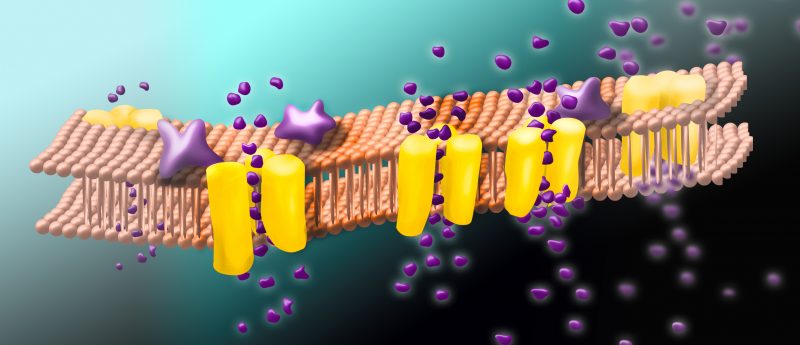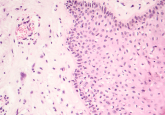Could a wearable device be the key to diabetes monitoring?

Researchers from the University of Texas (TX, USA) have developed a wearable device that can measure three interconnected compounds that are associated with Type 2 diabetes. The diagnostic can detect microscopic amounts of perspired sweat (approximately 1–3 μl) for up to a week.
The study, recently published in Scientific Reports, outlines the team’s work refining their wearable diagnostic biosensor, which can reliably and accurately detect cortisol, glucose and interleukin-6.
Referring to the utility of the wearable diagnostic tool, one of the study’s authors Shalini Prasad (Erik Jonsson School of Engineering and Computer Science) commented: “Type 2 diabetes affects so many people. If you have to manage and regulate this chronic problem, these markers are the levers that will help you do that. We believe we’ve created the first diagnostic wearable that can monitor these compounds for up to a week, which goes beyond the type of single use monitors that are on the market today.”
Discussing the use of the device, Prasad explained: “If a person has chronic stress, their cortisol levels increase, and their resulting insulin resistance will gradually drive their glucose levels out of the normal range. At that point, one could become pre-diabetic, which can progress to Type 2 diabetes, and so on. If that happens, your body is under a state of inflammation, and this inflammatory marker, interleukin-6, will indicate that your organs are starting to be affected.”
The team had previously outlined how they were able to quantify levels of glucose and cortisol in sweat, but after several advancements, including the incorporation of room temperature ionic liquid, the team was able to develop a more durable and versatile tool. The use of room temperature ionic liquid enabled hourly readings of the skin’s surface for up to a week without the measurements degrading by stabilizing the microenvironment. Prasad explained: “We wanted to make a product more useful than something disposable after a single use; it also has to require only your ambient sweat, not a huge amount. And it’s not enough to detect just one thing. Measuring multiple molecules in a combinatorial manner and tracking them over time allows us to tell a story about your health.”
It is hoped that these wearable devices will eventually contain a small transceiver that would be able to send data to an app on a patient’s mobile phone. Prasad went on to comment: “With the app we’re creating, you’ll simply push a button to request information from the device. If you measure levels every hour on the hour for a full week that provides 168 hours’ worth of data on your health as it changes.” This could produce an unprecedented picture of how a patient is responding to treatment for Type 2 diabetes or how altering their lifestyle such as diet and exercise could have an impact on the disease.
Prasad concluded: “We’ve designed this product so that it can be manufactured using standard coating techniques. We made sure we used processes that will allow for mass production without adding cost. Our cost of manufacturing will be comparable to what it currently takes to make single-use glucose test strips – as little as 10 to 15 US cents. It needs to reach people beyond America and Europe – and even within first-world nations, we see the link between diabetes and wealth – it can’t simply be a small percentage of people who can afford this.”
Sources: Munje RD, Muthukumar S, Jagannath B, Prasad S. A new paradigm in sweat based wearable diagnostics biosensors using Room Temperature Ionic Liquids (RTILs). Sci. Rep. doi:10.1038/s41598-017-02133-0 (2017) (Epub ahead of print);
https://phys.org/news/2017-06-bioengineers-durable-versatile-wearable-diabetes.html#jCp






